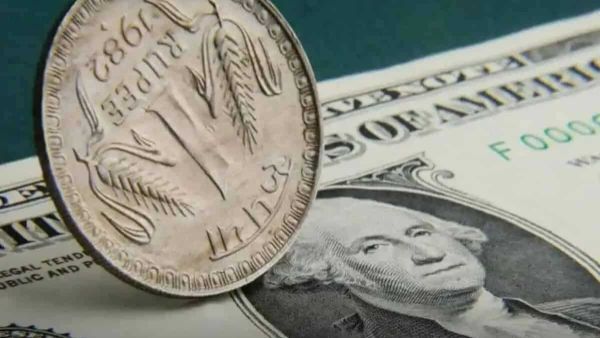
Rising Fiscal Pressure as 12 Indian States Spend ₹1.68 Lakh Crore on Women’s Cash Transfer Schemes
In the upcoming financial year 2025–26, a total of 12 Indian states are expected to collectively spend ₹1.68 lakh crore on Unconditional Cash Transfer (UCT) schemes for women. According to a report by PRS Legislative Research, these initiatives aim to provide direct monthly financial support to economically weaker women, empowering them and promoting financial inclusion.
What began just three years ago with two states experimenting with such schemes has now expanded rapidly across the country, signaling a nationwide shift toward cash-based welfare programs. While these initiatives have undoubtedly improved the financial independence of women, they are also adding a significant burden on state finances.
Six States Likely to Face Revenue Deficits
The PRS report highlights that six out of these twelve states may experience revenue deficits this fiscal year — meaning their expenditure could surpass their income. Interestingly, without the inclusion of these cash transfer schemes, several states would have displayed stronger financial positions. This underlines the growing fiscal trade-off between women’s empowerment initiatives and budgetary sustainability.
The financial strain suggests that while welfare schemes are politically and socially beneficial, they are becoming increasingly difficult to sustain without compromising other developmental priorities.
Popular Schemes and State Expenditure Trends
Prominent among these UCT programs are:
-
Tamil Nadu’s “Kalaignar Magalir Urimai Thogai Thittam”
-
Madhya Pradesh’s “Ladli Behna Yojana”
-
Karnataka’s “Gruha Lakshmi Scheme”
Under these initiatives, women receive ₹1,000 to ₹1,500 per month as direct assistance. States like Assam and West Bengal have further increased their welfare budgets, by 31% and 15% respectively, to expand the reach and benefits of these programs.
Such measures reflect both the growing political focus on women-centric welfare and the fiscal commitment required to maintain them.
State Responses and RBI’s Concern
To manage the rising fiscal load, some states have revised or adjusted their schemes. For example, Maharashtra has reduced the payout amount under the Ladki Bahin Yojana, while Jharkhand has enhanced payments in its Maiyaan Samman Yojana.
Meanwhile, the Reserve Bank of India (RBI) has expressed concern that the rising number of cash assistance and subsidy programs for women, farmers, and youth could put long-term pressure on state budgets. The central bank warned that this trend might reduce the availability of funds for productive investments and economic growth.
Balancing Empowerment with Fiscal Prudence
There is no doubt that these cash transfer schemes have played a vital role in promoting women’s empowerment, financial inclusion, and social equality. Regular cash inflows have helped many households meet essential needs, from education and healthcare to small business investments.
However, financial prudence and sustainability must remain key priorities. If unchecked, growing welfare expenditure could erode fiscal stability, forcing states to cut back on development projects in infrastructure, education, or employment generation.
Experts suggest that states need to adopt a balanced approach—combining targeted cash transfers with capacity-building initiatives like skill training and microcredit programs. Such a strategy would not only ensure continued support for women but also strengthen the long-term economic resilience of both families and state economies.
Conclusion
India’s welfare landscape is evolving rapidly, with cash-based assistance becoming a cornerstone of social policy. As the number of beneficiaries and financial commitments rise, maintaining equilibrium between social welfare and fiscal discipline will be crucial. The challenge ahead lies in ensuring that women’s empowerment remains a sustainable reality—without pushing state budgets into deeper deficits.
-
AI satellites: Could AI satellites control global warming? Elon Musk's claim has caused a stir...

-
Bihar polls: 27.65 pc voter turnout recorded as voting picks up pace

-
Former beauty worker shares how to save £120 on premium gifts for Christmas

-
Rupee rises 7 paise to 88.63 vs US dollar amid weak dollar, crude drop

-
Maldives becomes first country in the world to ban smoking for this age group
